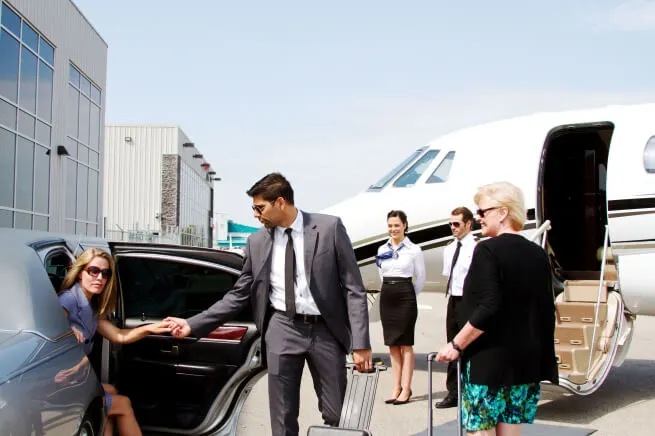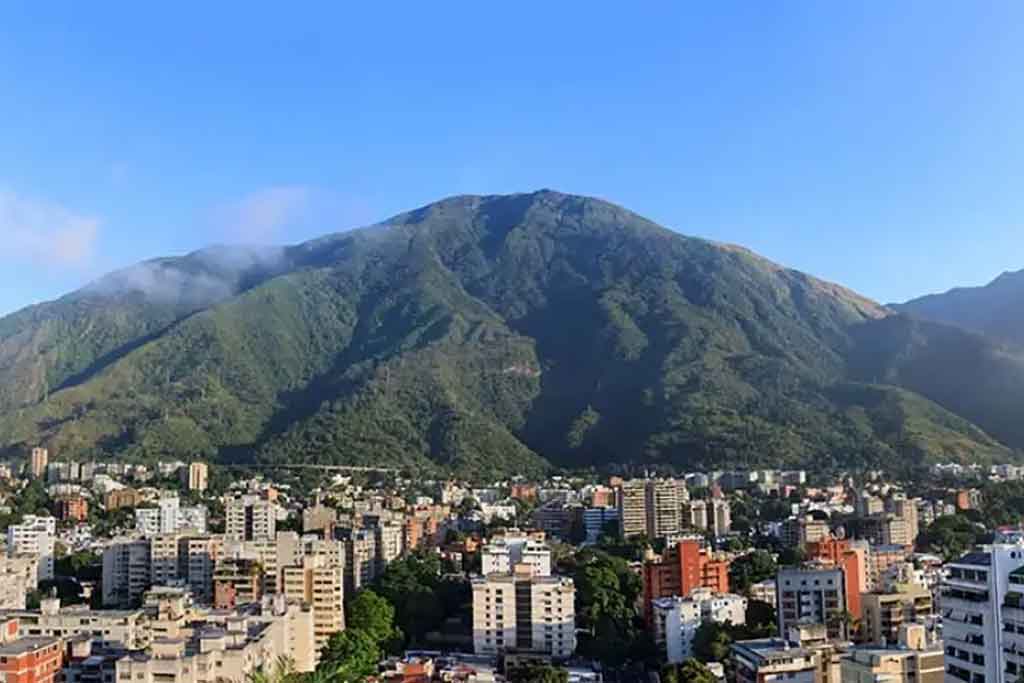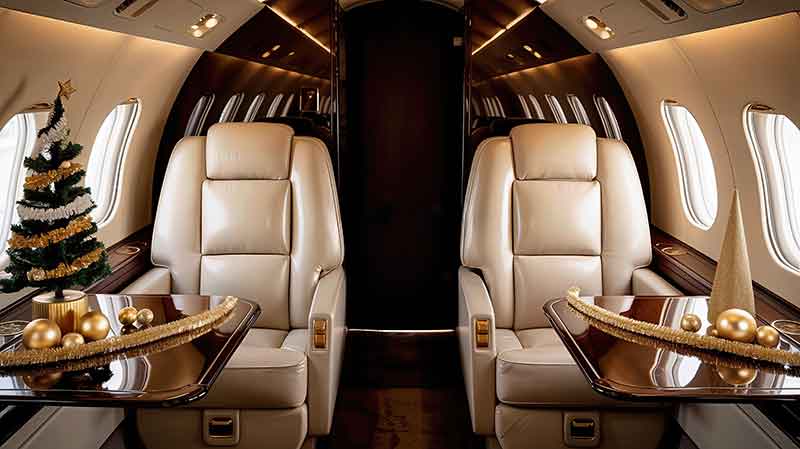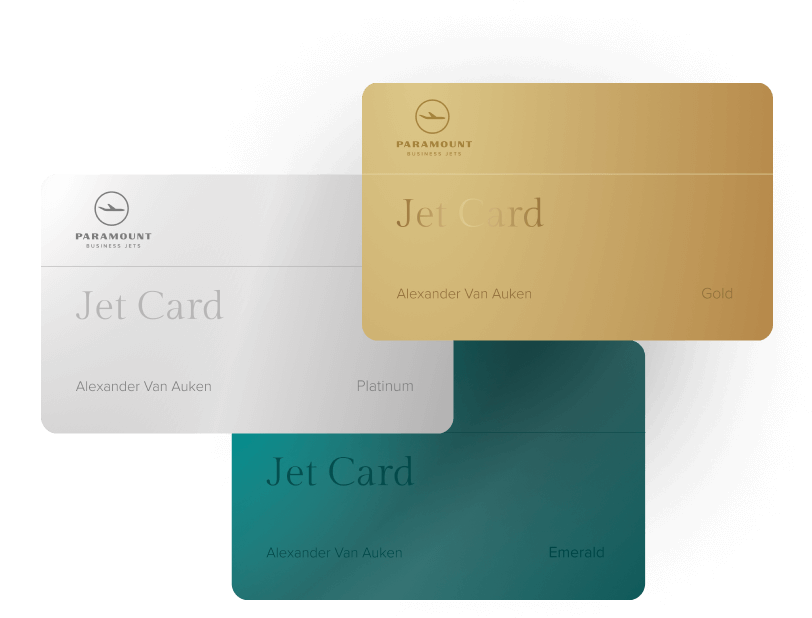Mandelieu Airport Private Jet Charter
Mandelieu Airport Private Jet Charter Prices
Private Jet Charter to and from Mandelieu Airport
Paramount Business Jets offers private jet charter flights and luxury airliner charters to and from Mandelieu Airport.
The French Riviera is synonymous with luxury and Cannes-Mandelieu Airport is the place to land the luxurious private charter business jets that carry elite travelers to the Côte d’Azur.

Cannes – Mandelieu Airport - 2015. Picture Source.
Unlike the Nice-Côte d’Azur Airport, which handles the hoi polloi traveling on commercial airliners, the Cannes-Mandelieu Airport, once the main commercial airport in the region, is now a strictly private jet airport using its two runways -- one over 5,200 feet long; the other, just under 2,500 feet long.
Cannes-Mandelieu Airport, located in the heart of the French Riviera, is respected in the world of business aviation. It has a reputation for top-of-the-line service and discreetness for its elite private charter jet passengers.
Both airports, by the way, are controlled by the same company, Aéroports de la Côte d’Azur (ACA), which also operates the La Môle – Saint-Tropez Airport.

Airport Information
Why is the French Riviera also called the Cote d'Azur?
The literal translation of the French Côte d’Azur is Azure Coast.
Meanwhile, riviera is an Italian word meaning coastline.
There are many reasons proffered as to why the Côte d’Azur region became popularly known as the French Riviera but the one that seems to make the most sense is that it is, in essence, an extension of the Italian Riviera.
What is Cannes-Mandelieu’s airport code?
Cannes-Mandelieu Airport’s ICAO code is LFMD; its IATA code is CEQ.
Why hire a private jet to Cannes-Mandelieu?
Cannes – Mandelieu Airport. Picture Source.
Cannes-Mandelieu Airport is one of the gateways into the French Riviera, the vacationland of the rich and famous along the southeast coast of France that lies on the Mediterranean Sea.
The French Riviera is not only a beautiful place, it’s a place where the sun almost always shines – more than 300 days a year.
The largest city in the region, Nice, with a population of about 350,000, also has the region’s largest airport, the third busiest in France. But, even an airport that big can’t sufficiently handle all the needs of private business and charter jet passengers that flock to the southern tip of France during busy times of the year.
The French Riviera becomes one of Europe’s most popular destination for private charter jets in the summer and during VIP events like the Cannes Festival and the Monaco Grand Prix.
And, without a doubt, the most luxurious way to get there is on a private charter jet, rented through brokers like Paramount Business Jets whose job is to get you there in style.
A luxury destination requires a luxury airport for its inhabitants and visitors – and that would be Cannes-Mandelieu Airport, which is exclusively for business aviation.
Located just 3 miles west of Cannes in the Alpes-Maritimes department, is able to devote all its energies into handling small and medium private jets. The result is faster service provided with more discretion than a private charter jet passenger would get at the larger Nice Airport. (Nice is also farther -- 15 miles from Cannes – away than Cannes-Mandelieu Airport is.)
Quick departures and arrivals are almost guaranteed. It’s easy to get to the airport by car and those cars can park just feet from the doors. Passengers can arrive just a few minutes before takeoff.
The airport also handles helicopter transfers to get its passengers directly to their destination. It provides “edge to edge” service, which means a helicopter can be waiting for you when you step off your jet to take you to places like Monaco or Saint Tropez.
A couple things to keep in mind: helicopters are in very high demand during busy times – like the Cannes Festival and the Monaco Grand Prix – so it’s important to book them early. Also, Cannes airport is not open 24 hours a day. The hours are available on its website.
What makes Cannes-Mandelieu such a good airport?
Aerial View of Cannes – Mandelieu Airport. Picture Source.
The Cannes-Mandelieu Airport is located between the Estérel Massif coastal mountain range and the shimmering and yacht-filled Bay of Cannes. It prides itself in being the second most important general aviation airport in France with “a dynamic platform that is highly attentive to customer needs and offers every convenience: high safety standards, rapid passenger handling, free parking in the immediate vicinity of the terminal, tailored services, and a polished welcome that is both friendly and professional.”
The airport lists its strengths as being:
- Very close to the Mediterranean Sea, easy to reach by road (by all vehicles, including buses and trucks), train (Cannes TGV station) and able to handle the biggest private jets as well as twin-engine aircraft.
- Within easy access to legendary spots in and around Cannes, including the Croisette, the Lérins Islands, traditional villages in the hinterland and golf courses.
- 15 miles to Nice Côte d’Azur Airport (that has over 100 scheduled destinations) and 45 minutes to Monaco along the A8 motorway.
And, as having:
- A restaurant overlooking the runways as well as a catering service.
- Two hotels.
- A photography/video studio.
- Vintage planes that can be rented out from an aeronautical antique specialist.
- Security companies and fire-fighting teams on site.
When did the airport open?
The airport has an interesting history.
It was built by private individuals in 1930 but, like many European airports, was taken over by the government before World War II. In 1937, it was the only airport in the French Riviera. It was partially destroyed during the war but was rebuilt.
As commercial aviation grew, larger and larger commercial planes needed a spot to land. The hills around Cannes made it an almost impossible landing site for big jets. That’s when the Nice Airport was built, taking the large scheduled commercial flights and leaving Cannes-Mandelieu to handle smaller business jets and private charter jets as well as providing a hub for business and tourism on the French Riviera.
Where exactly is the French Riviera?
The French Riviera, also known as the Côte d’Azur, extends east along the southern coast of France, from Toulon on the southern tip of France, up the east coast to the Italian border. The Riviera has more than 70 miles of coastline, many cities, Roman ruins and some 14 parks. Visitors can go whale-watching or stroll through medieval villages.
What cities are on the same latitude as the French Riviera?
Cannes is located on the 43rd parallel north, the same latitude as other big cities around the world, including, Toronto, Ontario, Canada; Boise, Idaho, United States; Sarajevo, Bosnia and Herzegovina; Takikawa, Japan; and Florence, Italy.
Some facts about Cannes
It’s not hard to believe that Cannes, a playground for the rich and famous on the Mediterranean Sea, started out centuries ago as a little fishing village.
Cannes has a dry summer climate with low rainfall in the winter and dry, hot weather in the summer. In the summer, there is 11 hours of sunshine a day and an average temperature of 77 degrees (although mid-day highs can reach almost 90 degrees. It is warm there from June to September, which makes it the busiest time of the year. However, winter remains a best-kept secret with temperatures only dropping into the 50’s.
With a current population of about 75,000, Cannes is located in the Alpes-Maritimes department, and probably best known as the host city for the annual Cannes Festival, with 2018 marking its 71st appearance.
City officials came up with the idea of hosting a film festival shortly before World War II. It wanted to hold an impartial contest and it thought other film festivals at the time did not. The first Cannes Film Festival was held in 1946.
In 2011, Cannes hosted the G20 summit.
Eight miles north, in the hills above Cannes, is Sophia Antipolis Park, which is called the Silicon Valley of Europe. The technology complex, founded in 1969 by French Senator Pierre Laffitte, brings together researchers, professors and companies for innovation. According to figures provided by the city of Sophia Antipolis in 2016, the tech park is the workplace of 4,500 researchers, 5,500 students and 2,230 companies that employ almost 40,000 people from 63 countries.
Sophia Antipolis Park turned the area from just a tourist destination to a destination for business, trade and aviation conferences.
Things to do and see
- There are many things to do and see on the French Riviera and its most popular cities, including Cannes, Marseille, Monaco, Nice, Saint-Paul-de-Vence and Saint-Tropez.
- The Promenade de la Croisette is a two-mile long, palm-tree lined waterfront road in Cannes that is known for its beautiful beaches, restaurants and shops.
- For a less modern but equally as chic area to explore, old town, Le Suquet, is where restaurants and shops line steep and winding cobbled streets. Located in the oldest parts of Le Suquet, is the Chateau de la Castre castle, which was built by monks in the 12th century. The city gradually grew up around the castle and a watch tower that sit high in the city overlooking the Bay of Cannes. When Cannes was little more than a fishing village, the fishermen lived up on Le Suquet, which is only a short walk to the beach, so the houses and many of the streets there are more than 400 years old. The Russian Orthodox St. Michael the Archangel Church, commissioned by the Russian empress Maria Alexandrovna, wife of the Czar Alexander II and designed by the architect Louis Nouveau in the 19th century, is designed like a Greek cross (all four arms are of equal length) and has a tile roof.
- The Cannes Film Festival, which has in recent years changed its name to just the Cannes Festival, brings glitz and glamour and celebrities and tourists to Cannes every May. Considered the most prestigious film festival in the world, it lasts 12 days.
- Visitors can take a ferry to the Lérins Islands, which include Ile Sainte-Marguerite, the island where the Man in the Iron Mask was held. His cell in Fort Royal is there as is a museum with artifacts from a Roman shipwreck. A bonus of the 15-minute ferry ride is an amazing view of Cannes. On the smaller island of Saint Honorat, you can go to wine tastings given by the monks at Lérins Abbey. Six grape varieties are grown on the island’s 20-acre vineyard. There are seven chapels at the abbey which was built in the 5th century.
- Go to the morning market at the bottom of Le Suquet. Strolling through a market is such a French thing to do. There is much to see and buy, including vegetables and locally caught fish. One day a week, it is more of an antiques or flea market.
- Not all beaches in Cannes are public. There are as many private beaches as there are public beaches but you should find a place to put your feet in the sand if you walk down the Croisette and Boulevard du Midi. A popular beach is the Plage du Palais des Festivals. Many of the hotels also allow visitors who are not staying there to pay to get on the beach. Many private beaches are not open in the winter but there are dozens along the French Riviera that are open year round.
- Vacation like a celebrity. Check out the Hotel du Cap Eden Roc, a celebrity favorite hangout. Shop at the Rue d'Antibes, which is called the Rodeo Drive of Cannes.
By the way
The region in France in which the French Riviera was changed in 2017. The Provence-Alpes-Côte d'Azur region (nicknamed PACA) was deemed by officials as being too hard to pronounce and also not quite cool enough for the area it described -- the region that stretches from the French Riviera up into the high Alps.
So, now it is called simply “Region Sud (South).”
“Our territory is the sun, the sea, the mountains, the good living. It was essential to give our region a name that values all our assets: the south,” the president of the region, Renaud Muselier, tweeted after the regional council unanimously voted to change the name.
Runway information
FBOs at Mandelieu Airport, LFMD, CEQ
METAR Weather
Traveling frequently from Mandelieu Airport?
If you fly frequently and you want have access to the finest private jets at any time, our jet card program is perfect for you. Our Jet Card allows you to fly anywhere, at any time and with any aircraft that fits your needs. Contact us for more information or read more about our Jet Card program.
Frequently Asked Questions
-
Do I have to stop for customs when I fly on a private jet?
Passengers on all international private charter flights will have to stop at customs. In certain countries, you may have to go through customs at a specific port of entry; for example, you must stop in Tahiti to perform customs checks en route to Bora Bora. You’ll also need to stop at the first port of entry when entering the U.S. from Mexico.
-
How much rest does the crew need before they can depart again?
Crew members are required to have a 10-hour rest period within each 24-hour cycle. The maximum duty day is 14 hours and must be followed by a 10-hour rest period at their hotel. When scheduling a flight, operators usually account for 12 hours of rest instead of 10. These extra two hours allow the crew time to get to their hotel, rest for the required time, and return to the airport.
-
How long does a fuel stop for a private jet flight take?
The average fuel stop takes 45–60 minutes. To speed up fuel stops, the operator, or pilots may call ahead, so a fuel truck is waiting for the aircraft on arrival. For smaller jets, a fuel stop can take as little as 30 minutes.
-
What if I need to charter more than one private jet at the same time?
Occasionally, companies may need to fly executives in from multiple locations, or individuals may be flying several attendees to a party or gathering. PBJ's on-demand charter service allows you to secure multiple aircraft of different sizes at the same time. Our experts will suggest the best private jet for each mission to optimize efficiency and reduce costs.
-
Is the age of an aircraft a safety factor?
Aircraft age is not a safety factor. However, if the aircraft is older and hasn’t been refurbished properly, it may cause flyers some inconvenience, such as overheating, faulty air conditioning, or faulty plumbing in the lavatory.
-
How much luggage am I allowed to bring on a private jet?
As a rule of thumb, each seat on a light or midsize jet equates to one passenger and one item of luggage. Each item of luggage is considered to be the standard 23 kilograms, or about 50 lbs. Large jets are designed for long-range trips, which typically involve longer stays, so you can carry more than one item of luggage per person.
-
Are there aircraft that are wheelchair accessible?
There are many aircraft that are wheelchair accessible. Most of them are large jets or above and have a straight aisle. If the jet has a zigzag aisle – like the Falcon 900 – it will be difficult to maneuver the wheelchair onboard the aircraft. You’ll also need the right type of wheelchair; many motorized wheelchairs won’t fit and can’t be collapsed. If this is the case, you’ll need a smaller, temporary wheelchair. Some aircraft operators have smaller wheelchairs that can be used. Please speak with your Paramount private jet expert to review your aircraft options.
-
Can I fly with large sums of cash?
Yes, you can. This is a common occurrence for many private jet clients. You can fly with up to $5 million in cash as long as you declare that cash when coming through customs. For domestic trips, there’s no limit and no need to declare it.
-
Which private jets come with flight attendants?
In the United States, large jets and above are required to have flight attendants onboard; in Europe, flight attendants are used on midsize jets and above. Flight attendants require their own seats. Larger jets and above have a jump seat near the cockpit for the flight attendant to use, meaning the attendant generally stays out of the cabin.
-
Which airports offer ramp access, allowing the client to drive their car right up to their private jet?
Private jet clients can often have a limo drive them right up to the private jet, or even drive their own car to the plane. That said, different airports have different policies, and some may not offer ramp access. Please speak with your Paramount Aviation Advisor to review your options for a given trip.
-
Do private jets come with Wi-Fi?
Many private jets do have Wi-Fi, and it’s increasingly available free of charge on U.S. domestic flights. On international flights, prices range from $3.00-$8.50 USD per megabyte used. This means that opening up social media sites that are rich in images and videos could quickly cost you $20 – and downloading a feature-length movie could cost thousands!
-
When is on-demand private jet charter better than buying a block of hours?
Private jet charter can be a lot cheaper than buying a block of hours for a one-way flight, as you can access floating fleets or an empty leg to reduce the cost. With a block of hours, the price covers a round trip. If you only fly one-way, you are effectively paying double.
-
What is a carbon-neutral flight?
Every aircraft burns jet fuel and emits a certain amount of carbon dioxide (CO2) into the atmosphere. This can be offset via one of several carbon offset programs that allow private jet clients to purchase a certain number of carbon credits to offset the emissions from their flights. A carbon-neutral flight is one that offsets the carbon emissions it uses via a formal process.
-
Can I have a flexible departure time for my private jet flight?
Yes, it is possible to have a flexible departure when flying privately. Operators typically offer a 30-minute to two-hour window, but you can request a longer window as long as it doesn’t interfere with the maximum crew duty day or their next scheduled flight. Please confirm with your Paramount Aviation Advisor at the time of booking your jet.
-
When should I hire a Boeing Business Jet?
Boeing Business Jets (BBJs) have unique amenities that extend far beyond sheer size and are often equipped with 1-2 bedrooms and 2-3 bathrooms (one more of those bathrooms may even offer stand-up showers.) These airliner-based executive aircraft also feature tall or ‘stand-up’ cabins that are also longer and wider than more typical corporate aircraft.
-
How soon can I have a private jet ready from the time I call in the request?
Generally speaking, with as little as 4 hours of notice. However, we have had wheels up in as little as 32 minutes from the time our client called us to book the flight and had them in the air. It depends on a few factors, such as how long it takes for the pilots to arrive at the airport (generally, there is a 2-hour call-out time for the pilots), and whether the aircraft is ready to go at the airport with no repositioning needed. Our Jet Card members enjoy faster booking since they have funds on account and can confirm a flight with a simple email.
-
Can I access my luggage while in flight?
On most private jets, you will be able to access your luggage during the flight. That’s because luggage and passengers are situated on the same level. This is in contrast to commercial airlines, where checked luggage is stored in a cargo hold. On large private jets, luggage is often stored in a compartment behind the lavatory, which means easy access to your bags.
-
When are private jet charter landing and takeoff slots applicable?
A landing or takeoff slot is simply a small window of time in which your aircraft is scheduled to fly in or out of the airport. You will need a landing and takeoff slot if you fly to a high-density airport in the United States or one that is hosting a special event with a significant number of aircraft arriving and departing. If you’re flying internationally, you will need a landing and takeoff slot for all major European cities. Please check with your Paramount Aviation Advisor at the time of booking for a specific route.
-
What kind of in-flight catering is available on a private jet?
Other than the standard snacks and drinks, you can order local cuisine options for your catering on board. In short, anything that doesn’t need to be cooked can be ordered; hot food must be precooked and then warmed on board.
-
Can I bring pets with me on private jet flights?
Of course! Just let us know in advance. The majority of the operators and aircraft owners allow pets onboard. In some cases, a small cleaning fee may apply. That said, there are specific requirements that must be met when traveling with your pet, including making sure that all documentation and vaccination records for your pet(s) are correct and up-to-date. Dogs and cats must also be at least eight weeks old and weaned when traveling within the U.S.
Would you like our assistance?
24/7 customer service is there for you.
From the blog
-
 Venezuela & the Caribbean Private Jet Charters in 2026: Regional Reality, Risks, and Expert Guidance
Venezuela & the Caribbean Private Jet Charters in 2026: Regional Reality, Risks, and Expert GuidancePrivate jet charter clients often look to business aviation when commercial travel becomes disrupted -especially in complex regions such as Venezuela, the Caribbean, and Northern South America. While private aviation offers flexibility, it does not override regulatory, insurance, airspace, and operational realities.
-
 The new standard for safe luxury: The safety features that could be required on every private jet by 2030
The new standard for safe luxury: The safety features that could be required on every private jet by 2030Private aviation is entering a decade that will define the industry like never before. What was once a sector primarily associated with convenience and luxury is increasingly being shaped by a different driver: safety technology. As private flight activity continues to grow, spurred by flexible work, global mobility, and expanding charter demand, regulators and manufacturers alike are signaling that the next era of private aviation will be defined by predictive systems, automation, digital security, and data-driven risk prevention.
-
 Expert Winter Holiday Private Jet Charter Tips 2025 | Avoid Delays & Fly Smoothly
Expert Winter Holiday Private Jet Charter Tips 2025 | Avoid Delays & Fly SmoothlyDiscover insider tips from Paramount aviation experts for stress-free holiday private jet travel. Learn how to handle winter delays, deicing, diversions, and ski trips—book smarter and arrive on time this season!




